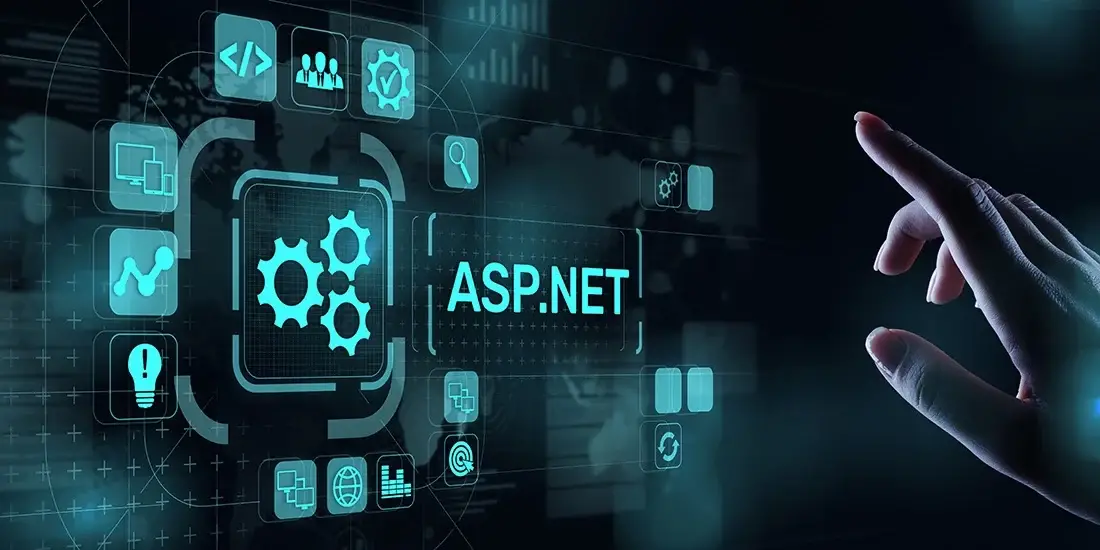What is Anti-Glare screen technology? Compare Anti-Glare screen and regular screen
By Tan Lee Published on Mar 11, 2024 861
What is Anti Glare screen?
Anti-glare is a type of anti-glare screen commonly used in electronic devices such as laptops, desktop computers, mobile phones, tablets,...This technology helps reduce glare when light hits the screen, especially in outdoor environments or under strong light.
Anti-glare screens often have special coatings or built-in filters to reduce reflected light and glare from the screen's glass. Therefore, these types of screens are liked by many people for their ability to minimize discomfort and limit eye strain when used.

Pros and cons of Anti Glare screens
Pros:
Reduced Glare: Anti-glare screens effectively minimize reflections and glare caused by ambient light sources, making it easier to view the screen content in various lighting conditions.
Improved Visibility: By reducing glare, anti-glare screens enhance visibility, particularly in brightly lit environments or outdoor settings where glare can be a significant issue.
Eye Comfort: The reduction of glare and reflections helps to alleviate eye strain and discomfort during extended periods of screen use, leading to a more comfortable viewing experience.
Fingerprint Resistance: Anti-glare screens tend to be more resistant to fingerprints and smudges compared to glossy screens, which can help maintain screen clarity with less frequent cleaning.
Better Viewing Angles: Anti-glare screens typically offer better viewing angles compared to glossy screens, allowing users to view content from various positions without significant degradation in image quality.
Cons:
Slightly Diminished Image Quality: Anti-glare coatings or matte finishes may slightly reduce color vibrancy and contrast, resulting in a softer image compared to glossy screens. This effect can be more noticeable in displays with high resolution or vibrant colors.
Texture: Some users may find the matte texture of anti-glare screens less appealing compared to the smooth, glossy finish of regular screens. The matte coating can also produce a slightly grainy appearance under certain viewing conditions.
Cost: Anti-glare screens may come at a slightly higher cost compared to regular glossy screens due to the additional manufacturing process involved in applying the anti-glare coating or finish.
Maintenance: While anti-glare screens are generally more resistant to fingerprints and smudges, they may require occasional cleaning to maintain optimal clarity and performance, especially in environments with high levels of dust or dirt.
Potential for Reflections: While anti-glare screens minimize reflections from ambient light sources, they may still exhibit some level of reflection, particularly in very bright or direct light conditions. However, this reflection is usually less pronounced compared to glossy screens.
How to choose the right Anti Glare screen?
There are many criteria when choosing an anti-glare screen, below are some selection criteria:
Display Size and Resolution: Consider the size and resolution of the screen based on your usage requirements and preferences. Choose a screen size and resolution that suits your work or entertainment needs without compromising visibility or clarity.
Anti-Glare Technology: Evaluate the type of anti-glare technology used in the screen. Different manufacturers may employ various methods to reduce glare, including matte coatings, special filters, or polarizing layers. Ensure the anti-glare technology effectively minimizes reflections and glare while maintaining image quality.
Color Accuracy and Contrast: Assess the color accuracy and contrast levels of the anti-glare screen. Look for screens that offer vibrant colors, accurate color reproduction, and high contrast ratios for an enhanced viewing experience without sacrificing anti-glare properties.
Viewing Angles: Consider the viewing angles of the anti-glare screen. Choose a screen with wide viewing angles to ensure consistent image quality and visibility from various positions, especially if multiple users will be viewing the screen simultaneously.
Brightness and Adjustability: Check the brightness levels and adjustability options of the anti-glare screen. Opt for a screen with sufficient brightness levels for comfortable viewing in different lighting conditions. Look for screens with adjustable brightness settings to customize the display according to your preferences.
Durability and Build Quality: Assess the durability and build quality of the anti-glare screen. Look for screens constructed from high-quality materials that are resistant to scratches, fingerprints, and other forms of damage. Consider screens with protective coatings or reinforced glass for added durability.
Compatibility and Connectivity: Ensure the anti-glare screen is compatible with your existing devices and connectivity options. Check the compatibility with your computer, laptop, tablet, or other electronic devices. Look for screens with a variety of connectivity options such as HDMI, DisplayPort, USB-C, etc., to ensure seamless integration with your devices.
Price and Value: Consider the price and overall value of the anti-glare screen. Compare the features, specifications, and performance of different screens within your budget range. Look for screens that offer the best combination of features, quality, and affordability.
User Reviews and Recommendations: Research user reviews and recommendations for the anti-glare screen you are considering. Pay attention to feedback regarding performance, reliability, durability, and overall user satisfaction to make an informed decision.
How to distinguish between Anti Glare and LED Backlight technology?
Anti-glare and LED backlight technologies serve different purposes and are not mutually exclusive. In fact, they often work together in modern displays. Here's how you can distinguish between the two
Anti-Glare Technology:
- Anti-glare technology helps reduce reflections and glare caused by surrounding light sources. It typically involves a matte finish or special coating that diffuses light reflections, making it easier to view the screen content in various lighting conditions.
- You can identify an anti-glare screen by its matte appearance. When you look at the screen from different angles, you'll notice that it doesn't reflect light as much as a glossy screen does.
LED Backlight Technology:
- LED backlight used to illuminate the display panel. LED (Light-Emitting Diode) backlighting is commonly used in LCD (Liquid Crystal Display) displays as a more energy-efficient alternative to traditional CCFL (Cold Cathode Fluorescent Lamp) backlighting.
- LED backlighting provides uniform illumination across the display panel and allows for thinner and more energy-efficient displays compared to CCFL backlighting.
- You can identify LED backlight technology by looking for LED-related specifications in the display's technical specifications or product description.
- In summary, while anti-glare technology focuses on reducing reflections and glare on the screen surface, LED backlight technology is responsible for illuminating the display panel.





